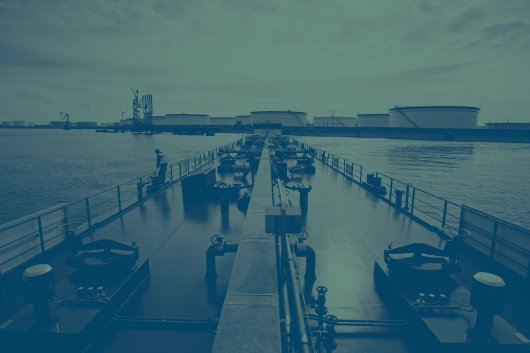Foreship predicts up to 30% of shipping will choose scrubbers
Company says a change in the pricing dynamic of higher-sulphur HFO will impact scrubber orders.
Shipowners weighing up their future marine fuel choices after the 2020 IMO 0.5 percent sulphur cap should also consider oil company expectations that up to 30 percent of commercial shipping will gravitate back to high-sulphur fuel oil by 2030, according to leading naval architecture and engineering consultancy Foreship.
With just over 100 ships running on LNG today, Foreship notes that the number in service is likely to be significantly below 500 by 2020.
At the same time, Foreship points out that while the 0.1 percent fuel sulphur content limit inside Emissions Control Areas (ECAs) has brought 1,500 scrubber installations, yard capacity could only grow that number to 3,000-4,000 by 2020. Most ships, therefore, look set to run on 0.5 percent sulphur content heavy fuel oil (HFO) and distillates to meet the cap.
Foreship Head of Machinery Department, Olli Somerkallio, explains that, post 2020, 0.5 percent sulphur content fuel will be blended from distillates and HFO of up to 2.5 percent sulphur content. Higher-sulphur HFO (HSHFO) can be used as a marine fuel where scrubbers are installed, but could also be a substitute fuel in gas power plants in former Soviet countries, or a coal substitute. This, he says, will change the pricing dynamic of HSHFO: to compete with coal, prices would have to be relatively low.
The implication, according to Foreship, is that HSHFO will return to favour as a marine fuel after the dust settles. "This will have a significant impact on the ROI of scrubbers in the future," says Somerkallio.
Experience
Foreship has experience in offering independent advice on adapting ships for new marine fuels and emissions abatement. Its reference list includes 34 exhaust gas scrubber retrofit projects to enable 13 cruise ships, 11 ro-pax ferries, nine ro-ros and one containership to burn HFO in ECAs.
Work includes conceptual design, technology and supplier evaluation, installation feasibility, the classification and basic design work needed for system integration, plus mechanical, piping, electrical systems and automation.
Foreship also covers engineering and structural design for equipment foundations and new tanks, as well as safety plans and stability updates, supervising detail design and installation during systems integration.
Foreship has advised customers to select multi-stream or in-line scrubbers, open-loop, closed-loop or hybrid systems. The high opportunity cost of losing sailing time in the cruise market has seen work planned underway, as well as for ro-ro ship projects work carried outindock.
"We have faced and overcome a broad range of installation challenges, including the fact that scrubbers eat into the revenue-earning space required for passengers or freight," says Somerkallio. "We are also very familiar with the equipment options in the market and supplier references."
As well as needing new pumping, water treatment and tank storage equipment, exhaust gas scrubbers demand considerable new pipework on board. Installing inline means that existing silencers need to be replaced with larger equipment, causing a space challenge for casing.
"Gaining this experience provides a wealth of independent experience that owners of cargo ships can draw on as the 2020 global sulphur cap approaches," says Somerkallio. "The track record is also long enough to understand that ships within the same project do not always benefit from the same equipment selection."
With just over 100 ships running on LNG today, Foreship notes that the number in service is likely to be significantly below 500 by 2020.
At the same time, Foreship points out that while the 0.1 percent fuel sulphur content limit inside Emissions Control Areas (ECAs) has brought 1,500 scrubber installations, yard capacity could only grow that number to 3,000-4,000 by 2020. Most ships, therefore, look set to run on 0.5 percent sulphur content heavy fuel oil (HFO) and distillates to meet the cap.
Foreship Head of Machinery Department, Olli Somerkallio, explains that, post 2020, 0.5 percent sulphur content fuel will be blended from distillates and HFO of up to 2.5 percent sulphur content. Higher-sulphur HFO (HSHFO) can be used as a marine fuel where scrubbers are installed, but could also be a substitute fuel in gas power plants in former Soviet countries, or a coal substitute. This, he says, will change the pricing dynamic of HSHFO: to compete with coal, prices would have to be relatively low.
The implication, according to Foreship, is that HSHFO will return to favour as a marine fuel after the dust settles. "This will have a significant impact on the ROI of scrubbers in the future," says Somerkallio.
Experience
Foreship has experience in offering independent advice on adapting ships for new marine fuels and emissions abatement. Its reference list includes 34 exhaust gas scrubber retrofit projects to enable 13 cruise ships, 11 ro-pax ferries, nine ro-ros and one containership to burn HFO in ECAs.
Work includes conceptual design, technology and supplier evaluation, installation feasibility, the classification and basic design work needed for system integration, plus mechanical, piping, electrical systems and automation.
Foreship also covers engineering and structural design for equipment foundations and new tanks, as well as safety plans and stability updates, supervising detail design and installation during systems integration.
Foreship has advised customers to select multi-stream or in-line scrubbers, open-loop, closed-loop or hybrid systems. The high opportunity cost of losing sailing time in the cruise market has seen work planned underway, as well as for ro-ro ship projects work carried outindock.
"We have faced and overcome a broad range of installation challenges, including the fact that scrubbers eat into the revenue-earning space required for passengers or freight," says Somerkallio. "We are also very familiar with the equipment options in the market and supplier references."
As well as needing new pumping, water treatment and tank storage equipment, exhaust gas scrubbers demand considerable new pipework on board. Installing inline means that existing silencers need to be replaced with larger equipment, causing a space challenge for casing.
"Gaining this experience provides a wealth of independent experience that owners of cargo ships can draw on as the 2020 global sulphur cap approaches," says Somerkallio. "The track record is also long enough to understand that ships within the same project do not always benefit from the same equipment selection."
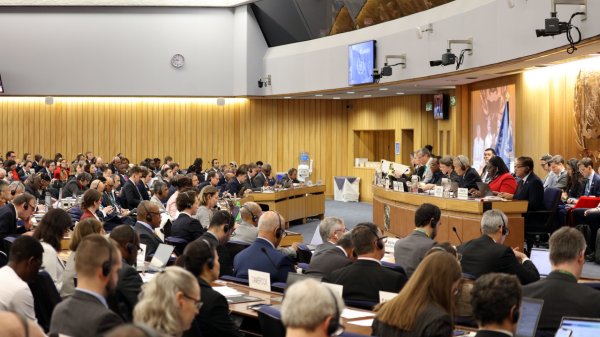
|
IMO approves pricing mechanism based on GHG intensity thresholds
Charges to be levied on ships that do not meet yearly GHG fuel intensity reduction targets. |
|
|
|
||
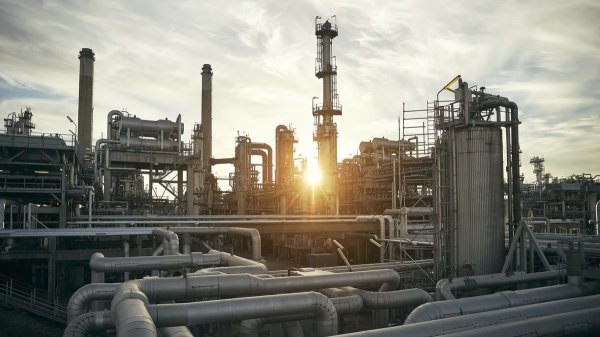
|
VARO Energy expands renewable portfolio with Preem acquisition
All-cash transaction expected to complete in the latter half of 2025. |
|
|
|
||
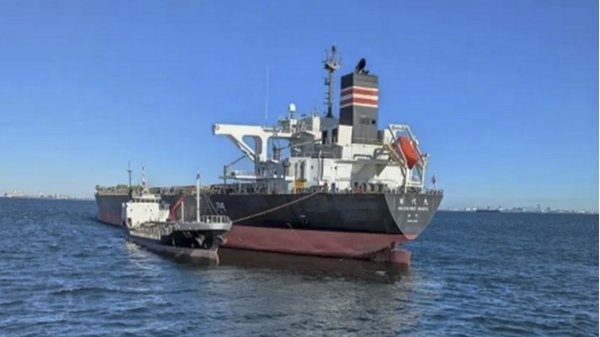
|
NYK trials biofuel in milestone coal carrier test
Vessel is used to test biofuel for domestic utility company. |
|
|
|
||
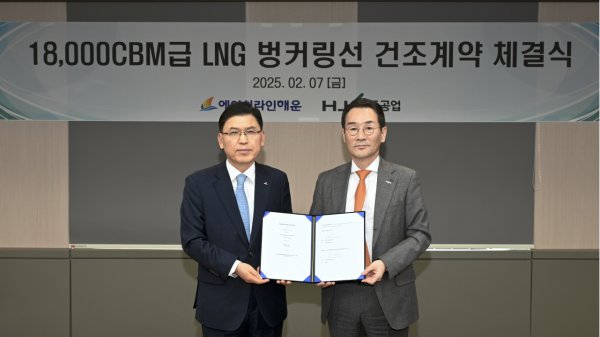
|
H-Line Shipping orders LNG bunkering vessel
Vessel with 18,000-cbm capacity to run on both LNG and MDO. |
|
|
|
||
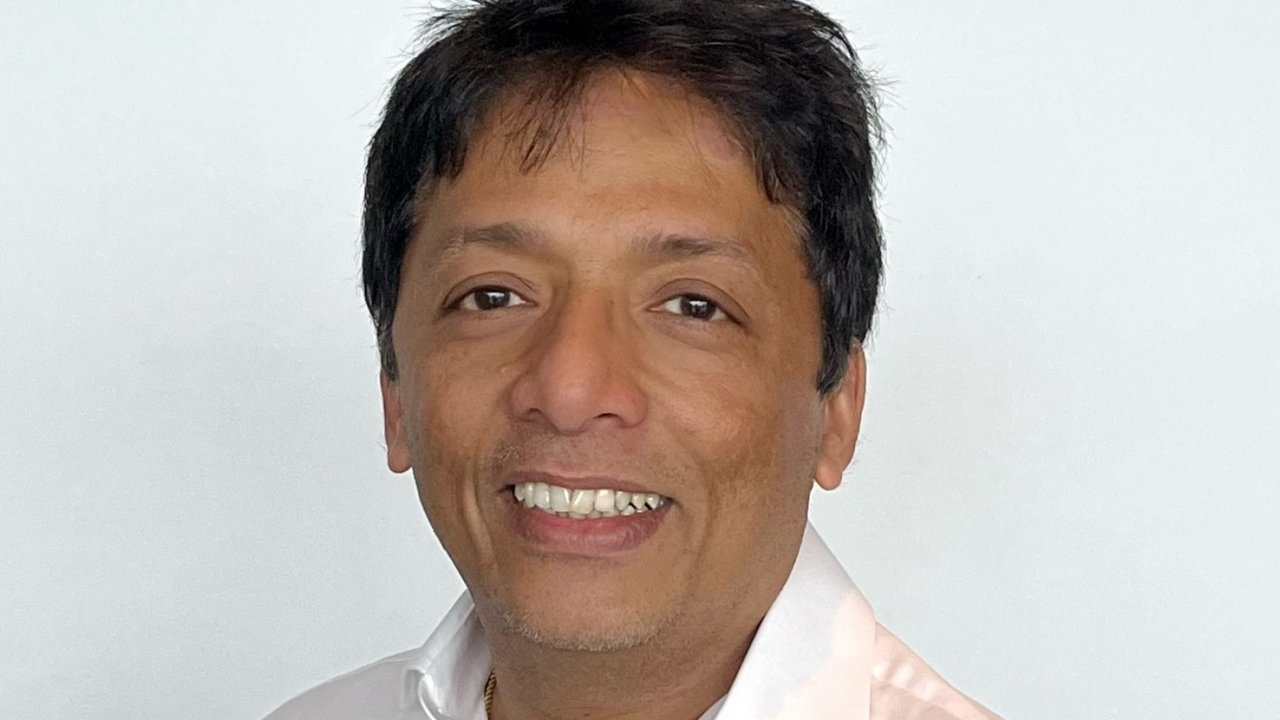
|
How to engineer and manage green shipping fuels | Stanley George, VPS
Effective management strategies and insights for evolving fuel use. |
|
|
|
||
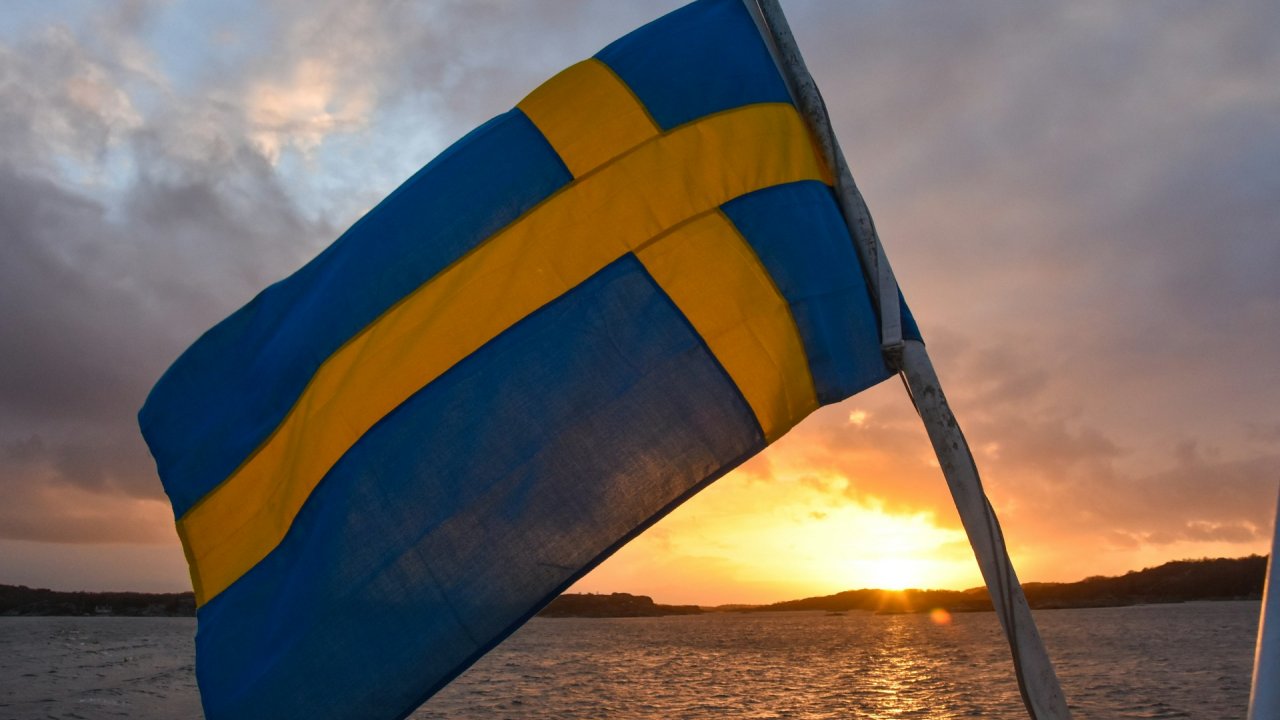
|
Swedish government bans scrubber wastewater discharges
Discharges from open-loop scrubbers to be prohibited in Swedish waters from July 2025. |
|
|
|
||
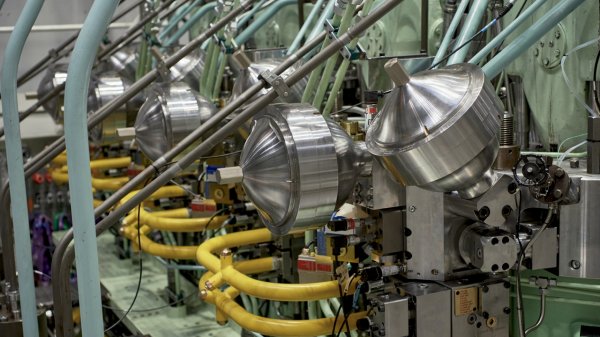
|
MAN Energy Solutions achieves 100% load milestone for ammonia engine
Latest tests validate fuel injection system throughout the entire load curve. |
|
|
|
||
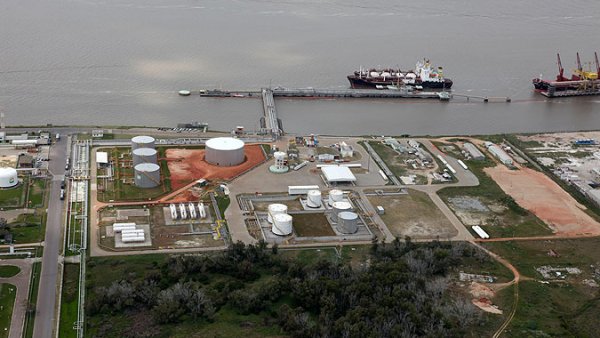
|
Petrobras secures ISCC EU RED certification for B24 biofuel blend at Rio Grande
Blend consisting of 24% FAME is said to have been rigorously tested to meet international standards. |
|
|
|
||
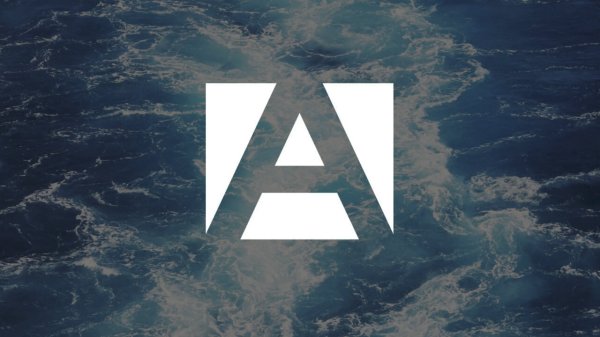
|
Stolt-Nielsen to fully control Avenir LNG with acquisition
Share purchase agreement to buy all shares from Golar LNG and Aequitas. |
|
|
|
||
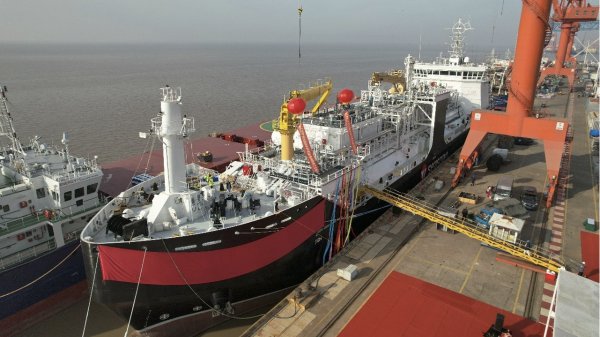
|
Bureau Veritas supports launch of CIMC SOE's LNG bunkering vessel
Handover of Seaspan Energy's cutting-edge 7,600-cbm vessel completed. |
|
|
|
||
Related Links
- · Wartsila to supply scrubber and engines for new cruise ship [Insights]
- · Clean Marine secures EGCS contract for seven chemical tankers [Insights]
- · NCL completes scrubber retrofits for two cruise ships [Insights]
- · DFDS bookends century of ships with PureSOx scrubbers [Insights]
- · HMM CEO evaluates 2020 fuel compliance options, says tech solutions should be shared [Insights]

